How to grow lemon balm in the country and at home
On the garden plot, I want to grow unpretentious, multifunctional plants. Planting lemon balm (popularly - lemon mint) will allow not only assessing its benefits for the body, but also getting a decorative element for the flower bed and for the home.
Sowing technology
The first priority before sowing is soil preparation. You need to take 1 glass of vermicompost and 2 glasses of coconut fiber. Mix the ingredients thoroughly and add the recommended dose of the mineral fertilizer complex to this volume.
Sowing in containers or boxes is done in the second half of March.
- Several grooves need to be made in the soil, the distance between which is 4 - 6 cm.
- The seeds are small and should be mixed with a little sand to facilitate the sowing process.
- Distribute the mass along the grooves to a depth of 0.5 - 0.7 cm.
- Moisten the soil surface.
- Cover the container with glass or plastic.
- Put in a sunny, warm place.
After the shoots appear, the box must be placed so that they receive a sufficient amount of light, but do not fall under the scorching rays. Watering should be carried out as the soil dries.
Seedlings appear 2–25 days after planting. After the appearance of several leaves, it is necessary to pick. This is done so that the seedlings do not stifle each other's growth and development. The distance between the stems should be at least 5 cm. If the sowing was carried out in a special container, then in one cell, where several seeds must be planted at once, the weakest sprouts are removed.
Transplanting into open ground is carried out in the second half of May. To do this, you need to prepare a seat.
Melissa can grow both in a well-lit garden bed and in partial shade. Given enough light, the bush will exude an intense scent.
Advice
It should be borne in mind that this culture is perennial and grows from 4 to 9 years.
The soil should be loose, light and nutritious. Mellisa does not like acidic and moist soil. Excess water contributes to decay of the roots, so the place for the bush should be chosen dry, where moisture does not accumulate during precipitation. If the ground is heavy in the chosen place, then you need to add several buckets of fine sand.
After choosing a place, the soil must be fertilized. For this, 1 sq. m. of soil is introduced:
- 200 g wood ash (1 cup);
- 10 liter humus bucket;
- Complex mineral fertilizer, the dosage is indicated on the package.
It should be planted in small trenches located at a distance of half a meter from each other. Each plant needs to be planted in a hole at intervals of 30–35 cm.
If you decide not to grow seedlings, but to plant the seeds directly in open ground, then you need to be prepared for poor germination, even careful care may not help. This can be influenced by several factors:
- low quality of planting material;
- heavy rainfall;
- "Clogging" of sprouts with weeds.
Landing is carried out in the 3rd week of May according to the following algorithm.
- Make holes at a distance of 50 - 60 cm from each other.
- Mix the grains with the sand.
- Deepen the mixture by half a centimeter.
- Sprinkle with peat or humus.
- Moisten the soil surface.
- Cover with foil.
Advice
To harden the seedlings and make them more durable, you need to remove the film. First, for several hours, then for a whole daylight hours, and after the pick, the covering material is finally removed.
Lemon balm is propagated by both seeds and layering and cuttings. If you already have an adult lemon bush, then planting it will be much easier: bend several shoots to the ground, secure them and sprinkle them with earth.After a few weeks, the branches will take root and can be transplanted to a new location.
And in order to propagate by cuttings, it is enough to cut off in the garden from friends or buy a bunch of fresh herbs in the store, shorten the stems by 2 - 3 cm and put them in water. They do not require additional care, a root system appears in a week - and the cuttings are ready for planting in a flower bed.
Growing at home
Melissa can be cultivated as a houseplant. Due to the small volume of the flower pot, it will not grow much, and pruning and constant maintenance will create a lush green bush.
Planting seedlings in pots at home is done in the spring, but you can sow seedlings and plant seedlings in the cold season, but growth will be slow, and the leaves will be light. During the spring and summer period, the bush is gaining strength and adapts to external conditions.
Seeds for growing a plant at home are sown in the same way as for a flower bed. Planting seedlings in pots is carried out after the appearance of 3 leaves. You need to act according to the following algorithm.
- Pick up a pot with a volume of 1.5 - 2 liters so that its walls are at least 15 cm.
- Provide good drainage. To do this, you can take pebbles or expanded clay.
- Pour the prepared soil and plant 2 or 3 sprouts in one container.
- Moisten the soil with a spray bottle.
- Put on the windowsill.
The peculiarity of caring for a plant at home is watering. Heating and dry air in the room negatively affect the appearance of lemon balm and its smell, therefore, it must be additionally humidified:
- water as the soil dries;
- spray every day.
Care features
If in the first year of planting you properly care for the bush, then later the hassle with growing will be less.
Care is carried out in 4 main areas:
- watering;
- loosening;
- weeding;
- top dressing.
When the weather is hot, the lemon balm must be properly watered. It is carried out 4 times a week, and on cloudy days, if there is no precipitation, you need to water it 2 times every 7 days.
Loosening is carried out after each watering and after rain to ensure good air permeability of the soil and prevent root rot due to excess moisture.
A flowerbed or a bed with seedlings should be weeded out as needed: the planted seedlings are not yet strong enough, and the grass can stifle its growth. In the 2nd and subsequent years of the life of this culture, small vegetation around mature bushes with a strong root system is allowed in your garden.
Top dressing is carried out at the beginning of the season, when the seedlings move to their permanent place of residence or the sprouts that have sprouted on the street have reached 5-6 cm in height. Nitrogen fertilizer is applied to increase growth and strengthen the stem.
If you store the leaves for future use and cut them off as they grow, then after each pruning it is necessary to add a mineral complex, the dosage of which is indicated on the packaging by the manufacturer. Several times per season, you can add mulch or humus to the flower bed with the plant.
Melissa is a thermophilic culture. Although it can withstand negative temperatures, it is recommended to cover it for the winter:
- cut off the top, leaving 1–2 cm above the ground;
- loosen the ground and moisten a little;
- sprinkle fallen leaves on top.
So that the leaves are not crushed, and the mint continues to delight with the fresh scent of lemon, you need to divide the plant into several bushes every 3 years and plant them.
Despite all the usefulness of lemon balm, which is widespread in folk recipes, it does not require special care when growing; it can grow both in the country and at home on the windowsill.
By following these simple guidelines, you can grow a green bush with a delicious scent. Providing moderate watering and fertilizing the soil during the season, you can harvest the leaves several times.
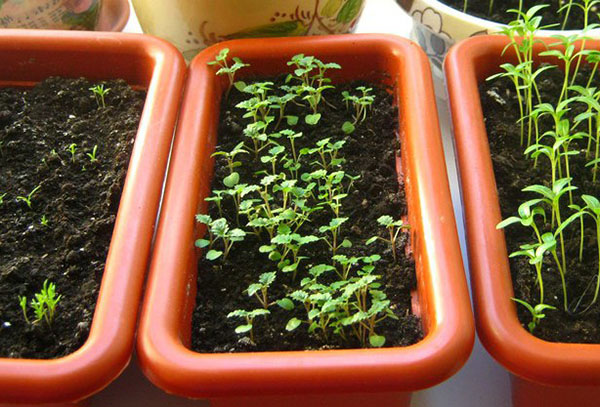
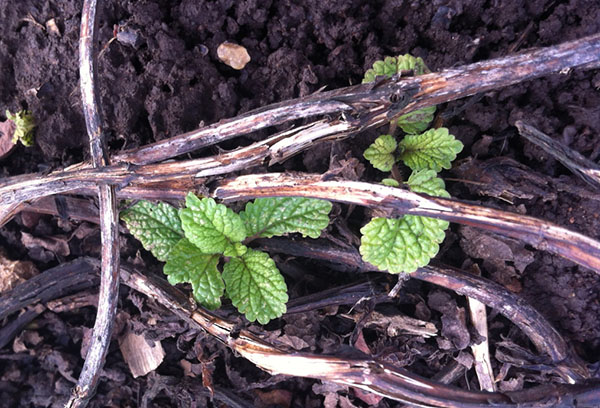

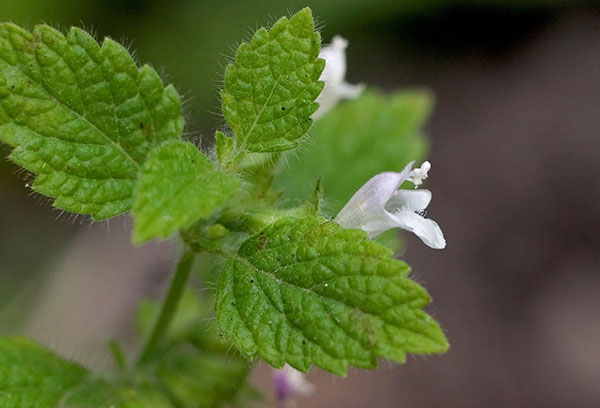
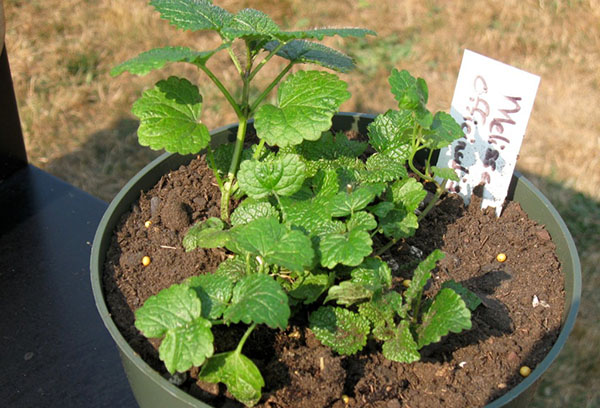
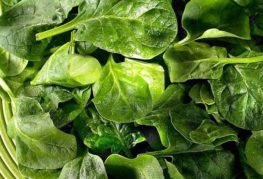
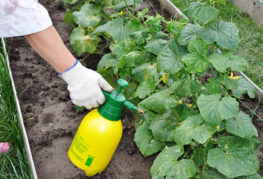
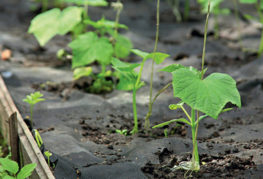
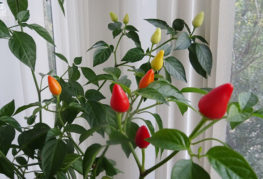
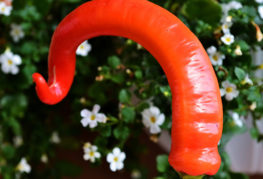
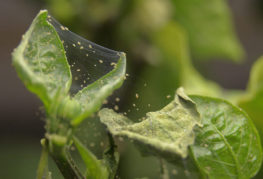
and will be published shortly.